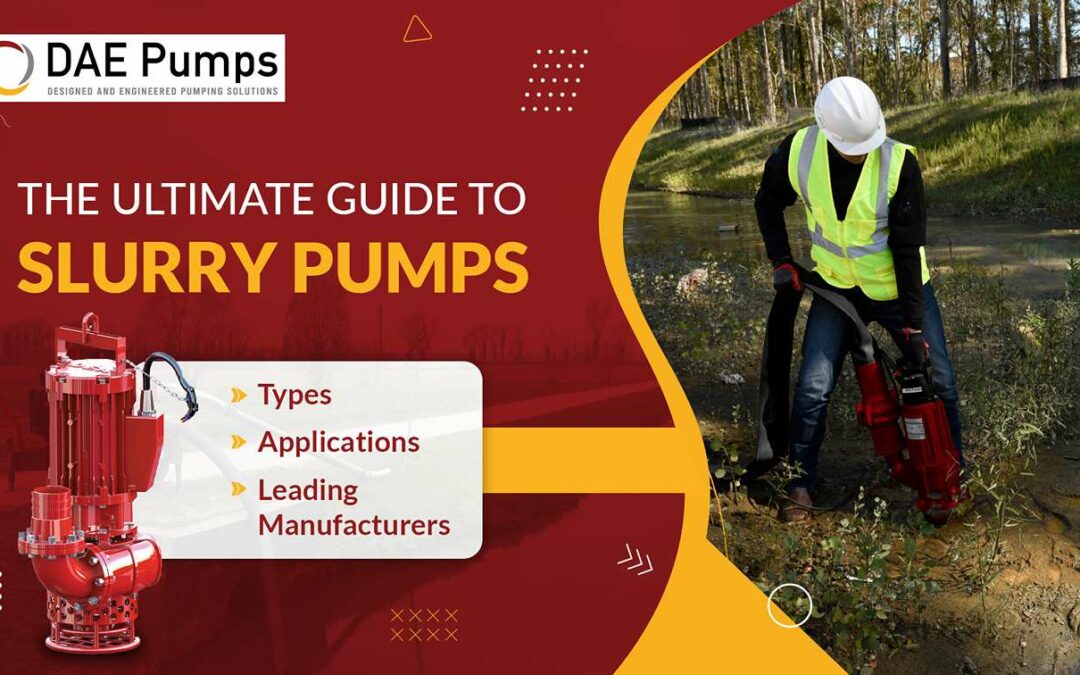In industrial applications, pumps are pivotal in ensuring the smooth and efficient transport of liquids, slurries, and other materials. Specialized machines called slurry pumps are engineered to move mixtures of solid particles and liquids, commonly called slurries. These mixtures can vary significantly in terms of particle size, density, and abrasiveness, making the selection of the right pump critical for maintaining operational efficiency and minimizing wear and tear.
Similarly, sludge pumps are designed to handle thick, viscous mixtures known as sludge, which often contain a high concentration of solids and can be even more challenging to transport than typical slurries.
Understanding the nuances of slurry and sludge is essential for selecting the appropriate equipment and optimizing industrial processes. Slurries are prevalent in mining operations where ore and tailings must be moved, while sludge is commonly encountered in wastewater treatment plants and dredging activities. Both materials require robust, reliable pumps that withstand harsh conditions and maintain high-performance levels.
This comprehensive guide provides an in-depth look at slurry pumps, exploring the different types available, the benefits of different designs, their various applications, and the leading manufacturers in the industry. By delving into the technical aspects and practical considerations, we aim to equip you with the knowledge to make informed decisions when selecting and utilizing slurry pumps in your operations.
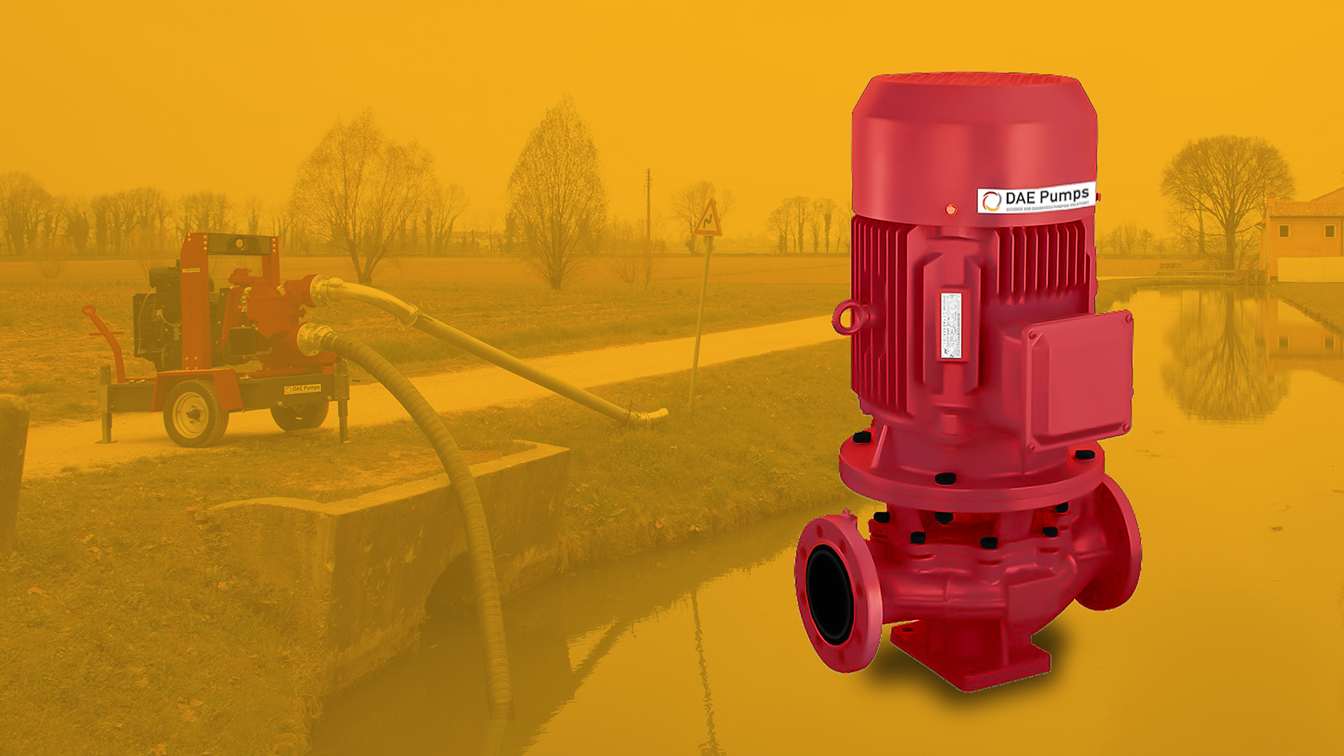
Understanding Slurry Pumps
Definition and Function of Slurry Pumps
A slurry pump is designed specifically to handle abrasive and high-density slurries that contain solid particles mixed with liquids. These pumps are engineered to withstand the harsh conditions and mechanical wear of transporting such mixtures. Slurry pumps play a crucial role in various industrial applications, ensuring that slurries are efficiently moved from one location to another, whether within a processing plant, a mining operation, or dredging activities.
The primary function of a slurry pump is to provide the necessary hydraulic force to transport the slurry through pipelines, channels, or other conduits. They are built to handle the solid particles’ impact and abrasiveness, which would quickly wear out standard pumps. This durability makes slurry pumps indispensable in industries where solid-liquid mixtures are commonplace.
Types of Slurry: Light, Medium, and Heavy-Duty
Slurries can be categorized based on their solid content, particle size, and abrasiveness into three main types: light, medium, and heavy-duty.
Light-Duty Slurry:
Light-duty slurries typically contain smaller and less abrasive particles. They are often encountered in applications like paper manufacturing, where the mixture is relatively thin and easy to pump. The primary concern of light-duty slurry pumps is ensuring they can handle the solid content without clogging.
Medium-Duty Slurry:
Medium-duty slurries have a higher concentration of solids and are more abrasive than light-duty slurries. They are commonly found in industries such as chemical processing and wastewater treatment. Pumps handling medium-duty slurries must balance wear resistance with efficiency, ensuring they can operate continuously without excessive maintenance.
Heavy-Duty Slurry:
Heavy-duty slurries are characterized by large, highly abrasive particles and a high solid content. Mining and mineral processing industries frequently deal with heavy-duty slurries, where ore and tailings must be transported over long distances. Heavy-duty slurry pumps are built with robust materials and designs to withstand such applications’ intense wear and tear.
Differences Between Slurry and Sludge Pumps
While slurry and sludge pumps may seem similar, they are designed for different purposes and applications, with some key differences:
Composition:
Slurry Pumps: Slurry pumps are designed to handle mixtures of solids and liquids, where the solid particles can range from fine to coarse and from non-abrasive to highly abrasive. The slurry’s liquid component helps maintain the flow, making it less dense than sludge.
Sludge Pumps: Sludge pumps are specifically designed to handle thick, viscous mixtures known as sludge. Sludge typically has a higher concentration of solids, often organic, and is more challenging to pump due to its density and viscosity.
Design and Construction:
Slurry Pumps: Slurry pumps are built with materials resistant to abrasion and corrosion. They often feature larger impellers and thicker casings to withstand the impact of solid particles. They are designed to maintain high efficiency even when handling abrasive slurries.
Sludge Pumps: Sludge pumps are designed to handle high-viscosity fluids with a high solid content. They often have specialized features such as slow-moving components to handle the sludge without clogging or causing excessive wear.
Applications:
Slurry Pumps: These are commonly used in mining, mineral processing, dredging, and other industries where solid-liquid mixtures must be transported. Slurry pump manufacturers design these pumps to handle various slurry types, from light-duty to heavy-duty applications.
Sludge Pumps: These pumps are typically used in wastewater treatment, agricultural applications, and other scenarios where thick, viscous fluids must be moved. Submersible slurry pumps, a subtype of slurry pumps, are also used in dewatering and sump applications, where the pump needs to operate while submerged in the fluid.
Understanding the differences between slurry and sludge pumps and the various types of slurries is crucial for selecting the right equipment for your specific industrial needs. Choosing the appropriate pump ensures efficient and reliable operation, reducing downtime and maintenance costs while maximizing productivity.
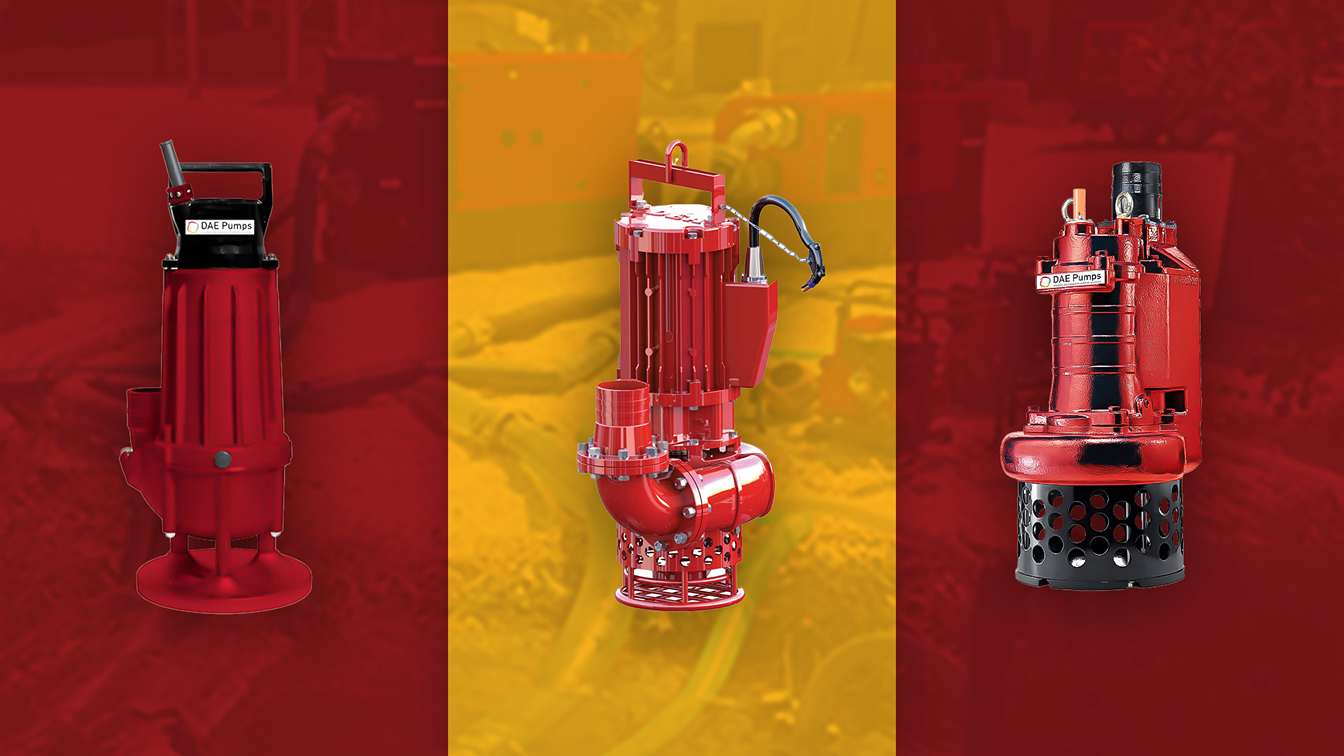
Types of Slurry Pumps
Centrifugal Slurry Pumps
How They Work:
Centrifugal slurry pumps operate on the principle of centrifugal force. When the pump impeller rotates, it creates a vortex that draws the slurry into the pump and then expels it through the discharge outlet at high velocity. This action transforms the motor’s mechanical energy into kinetic energy, moving the slurry efficiently through the pump system.
Key Features:
- Robust construction with wear-resistant materials.
- Ability to handle high volumes of slurry with varying particle sizes.
- High efficiency and reliable performance in abrasive conditions.
Main Applications:
- They are widely used in mining to transport ore slurry and tailings.
- They are utilized in mineral processing plants to handle abrasive mixtures.
- They are frequently employed in the dredging industry to move sediments and slurries.
- Suitable for power generation plants to handle ash slurry.
Submersible Slurry Pumps
How They Work:
Submersible slurry pumps are designed to operate while fully submerged in the slurry. They work by using a hermetically sealed motor that drives the impeller. The pump is lowered into the slurry, and the impeller generates centrifugal force to move the slurry through the pump and out of the discharge outlet.
Key Features:
- Completely submersible design, reducing the risk of pump damage from external environmental factors.
- Built with corrosion-resistant and durable materials to withstand harsh underwater conditions.
- Compact and versatile, and offer easy installation and maintenance.
Main Applications:
- Ideal for underwater mining operations and dredging projects.
- Used in wastewater treatment plants to handle sludge and slurry.
- Effective in construction sites for dewatering and managing slurry.
- Common in agricultural applications for pumping slurry from pits and lagoons.
Horizontal Slurry Pumps
How They Work:
Horizontal slurry pumps are mounted horizontally and typically contain an impeller enclosed in a housing. The motor drives the impeller, creating centrifugal force that moves the slurry through the pump. The horizontal design allows easy access to the pump components for maintenance and inspection.
Key Features:
- Horizontal orientation for stable operation and easy maintenance.
- Designed with replaceable liners and wear parts for extended service life.
- Capable of handling high flow rates and large particle sizes.
Main Applications:
- They are used in mining operations for ore and tailings transport.
- Suitable for mineral processing plants to handle various slurry types.
- Employed in the chemical industry for abrasive and corrosive slurry transport.
- Utilized in sand and gravel processing for slurry handling.
Vertical Slurry Pumps
How They Work:
Vertical slurry pumps have the impeller located below the bearing assembly, submerging the pump in the slurry while the motor and bearings remain above. This design minimizes the motor’s risk of flooding and simplifies maintenance by keeping critical components accessible.
Key Features:
- Vertical orientation with the impeller submerged in the slurry.
- Durable construction with wear-resistant materials.
- Simplified maintenance with accessible motor and bearing assembly.
Main Applications:
- Commonly used in sump and pit applications where the slurry level fluctuates.
- Ideal for handling abrasive and corrosive mining and mineral processing slurries.
- Used in wastewater treatment plants for sludge and slurry handling.
- Effective in industrial processing plants for managing slurry and waste materials
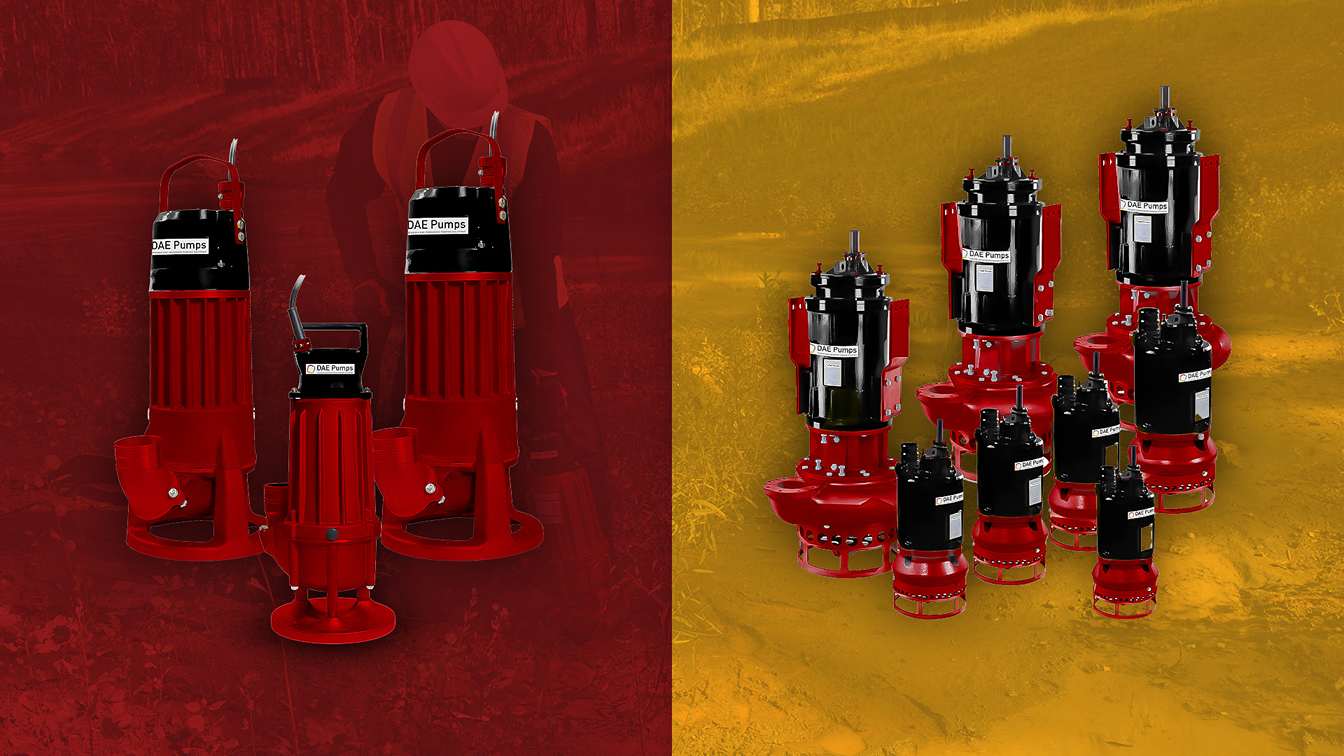
Applications of Slurry Pumps
Mining Industry
Slurry pumps are indispensable in the mining industry. They are used extensively to handle abrasive and high-density slurries containing water and solid particles, such as ore, tailings, and other mining residues.
Applications:
Ore Transport: Slurry pumps transport the mined ore from the excavation site to the processing plant. This involves moving highly abrasive slurries over long distances.
Tailings Management: After the extraction of valuable minerals, the remaining slurry, known as tailings, needs to be transported to disposal sites. Slurry pumps are crucial for efficient and safe tailings handling.
Dewatering: Submersible slurry pumps are employed in dewatering operations to remove excess water from mining pits, ensuring safe and dry working conditions.
Processing: Slurry pumps facilitate the movement of slurries through various stages of mineral processing, including grinding, flotation, and thickening.
Construction Industry
Slurry pumps are vital in the construction industry for handling the slurry produced during various construction activities. These pumps ensure that the site remains manageable and that operations continue smoothly.
Applications:
Tunneling: During tunnel construction, slurry pumps remove the slurry generated by boring machines. These pumps handle the mixture of water and excavated materials, ensuring the tunnel remains clear for continuous operation.
Foundation Drilling: Slurry pumps manage the slurry produced during foundation drilling, ensuring the boreholes remain stable and debris-free.
Sediment Removal: In construction sites where sediment and debris accumulate, slurry pumps efficiently remove these materials, maintaining site cleanliness and operational efficiency.
Concrete Mixing: Some slurry pumps are designed to handle the mixing and transport of concrete slurry, ensuring consistent quality and efficient delivery to construction sites.
Dredging
Dredging is a critical application for slurry pumps, mainly submersible slurry pumps. These pumps remove sediment and debris from the bottom of water bodies, maintaining navigability and environmental health.
Applications:
Harbor and Port Maintenance: Slurry pumps dredge harbors and ports, removing accumulated sediment to maintain clear and safe waterways for ships.
River and Canal Dredging: Slurry pumps remove sediments from rivers and canals to prevent flooding and maintain water flow.
Land Reclamation: In land reclamation projects, slurry pumps transport dredged material to new land areas, creating new land from the sea or other water bodies.
Environmental Dredging: Slurry pumps are used in environmental projects to remove contaminated sediments from water bodies, helping to restore ecosystems and improve water quality.
Wastewater Treatment
Slurry pumps are crucial in wastewater treatment plants. They manage the thick, viscous sludges produced during treatment and ensure the efficient handling and processing of wastewater and sludge.
Applications:
Sludge Transport: Slurry pumps move sludge from one stage of the treatment process to another, ensuring continuous and efficient operation.
Thickening and Dewatering: Slurry pumps concentrate sludge in thickening processes and remove excess water in dewatering processes, reducing the volume of sludge that needs to be disposed of.
Aeration: In some treatment plants, slurry pumps mix and aerate the sludge, enhancing the breakdown of organic materials and improving treatment efficiency.
Chemical Dosing: Slurry pumps also handle and dose chemicals needed for treatment, ensuring precise and efficient chemical delivery.
Other Industrial Applications
Slurry pumps are used in various industrial applications beyond mining, construction, dredging, and wastewater treatment. Their ability to handle abrasive and viscous mixtures suits them for multiple tasks.
Applications:
Chemical Processing: In the chemical industry, slurry pumps handle corrosive and abrasive slurries, ensuring safe and efficient material transport.
Food and Beverage: Some slurry pumps transport food slurries, such as fruit pulp or other viscous mixtures, ensuring consistent quality and processing efficiency.
Power Generation: Power plants use slurry pumps to transport ash slurry from coal combustion in power plants, ensuring safe and efficient waste management.
Pulp and Paper: In the pulp and paper industry, slurry pumps handle wood chips and pulp slurries, ensuring smooth processing and efficient transport.
Choosing the Right Slurry Pump
Factors to Consider
Selecting the appropriate slurry pump for your application is critical to ensure efficient and reliable operation. Here are vital factors to consider:
Slurry Type:
Determine the slurry’s nature, particle size, density, abrasiveness, and viscosity. Different slurries require different types of pumps, such as light-duty, medium-duty, or heavy-duty slurry pumps.
Pump Material:
Choose a pump from materials that can withstand the slurry’s abrasive and corrosive properties. Common materials include high-chrome alloys, rubber linings, and stainless steel, each offering specific benefits for different slurries.
Power Requirements:
Assess the power needed to move the slurry efficiently. This includes considering the pump’s head (the height to which the slurry needs to be lifted) and the flow rate. Ensuring adequate power prevents underperformance and potential damage.
Pump Type:
Based on your operational environment and specific needs, it’s important to understand the differences between types of slurry pumps, such as centrifugal, submersible slurry pumps, or horizontal or vertical pumps.
Importance of Matching Pump Specifications to Application Needs
Matching the pump specifications to your application’s needs is crucial for optimal performance. Incorrect pump selection can lead to:
- Reduced Efficiency: A pump not suited to the slurry type can cause frequent blockages and reduced flow rates, leading to inefficiencies.
- Increased Wear and Tear: Using the wrong pump material for abrasive slurries can result in rapid wear and tear, increasing maintenance costs and downtime.
- Higher Operational Costs: An improperly sized pump may require more energy, leading to higher operational costs.
By ensuring the pump’s specifications align with the application’s requirements, you can achieve better performance, longevity, and cost-effectiveness.
Tips for Maintenance and Troubleshooting
Regular maintenance and timely troubleshooting are essential for keeping slurry pumps, including submersible and sludge pumps, in optimal condition.
Regular Inspections:
Conduct routine inspections to check for signs of wear, corrosion, and leaks. Early detection of issues can prevent major failures.
Proper Lubrication:
Ensure all moving parts are adequately lubricated to reduce friction and wear. Follow the manufacturer’s guidelines for lubrication schedules and types.
Monitor Performance:
Monitor the pump’s performance metrics, such as flow rate and pressure. Any significant deviations can indicate potential problems that need to be addressed.
Replace Worn Parts:
Replace worn parts like impellers, liners, and seals regularly to maintain the pump’s efficiency and prevent breakdowns.
Training and Safety:
Ensure that personnel are trained in pump operation and safety protocols. Proper handling and operation can extend the pump’s lifespan and prevent accidents.
By considering these factors and following best practices for maintenance and troubleshooting, you can ensure that your slurry pump operates efficiently and reliably, providing long-term value and performance.
Choosing the right slurry pump and maintaining it properly are vital steps in optimizing industrial processes. Leading slurry pump manufacturers like DAE Pumps offer a range of high-quality pumps designed to meet the diverse needs of various industries, ensuring you have the best solutions for your specific applications.
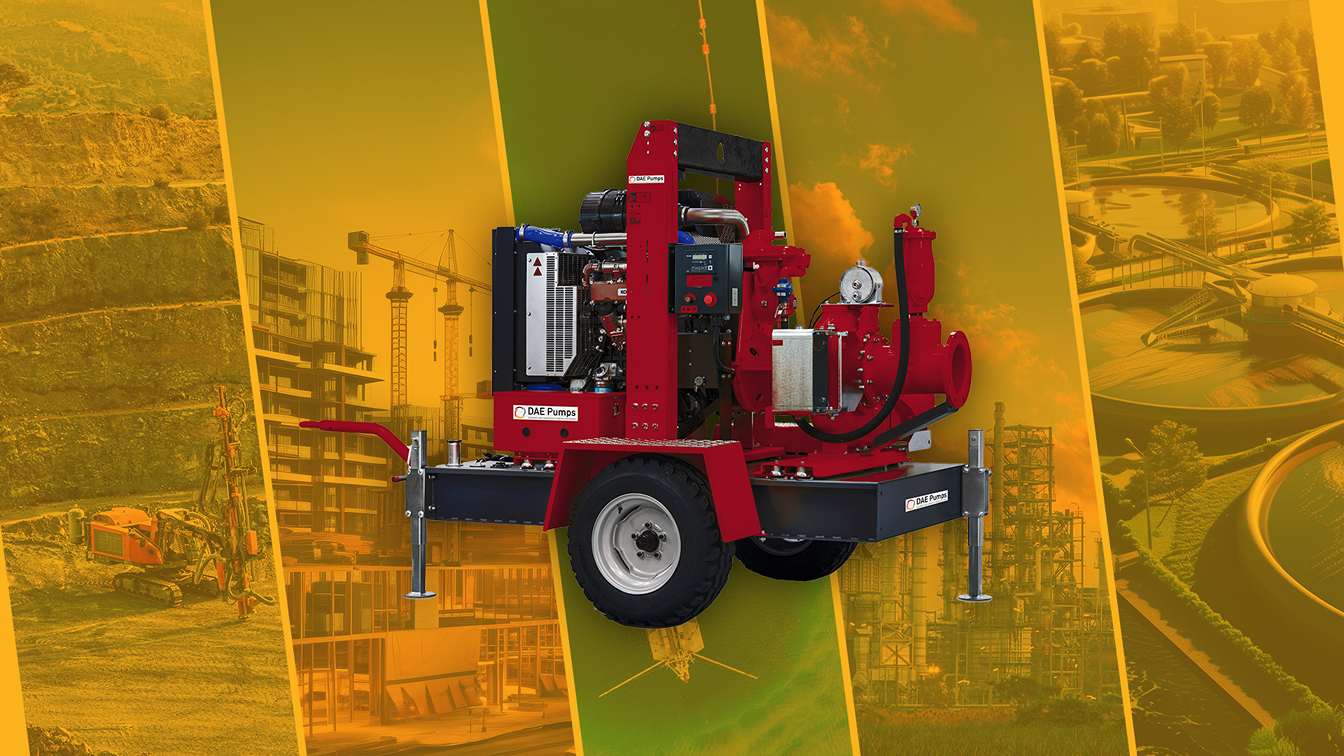
Top Slurry Pump Manufacturers
Selecting a reputable manufacturer is crucial when choosing the right slurry pump for your industrial needs. Here’s an overview of some of the leading slurry pump manufacturers in the market, known for their innovation, reliability, and high-quality products.
DAE Pumps
Company History and Expertise:
DAE Pumps has built a strong reputation in the slurry pump industry through years of dedication to innovation and quality. The company’s expertise lies in developing robust and efficient pump solutions tailored to handle the most challenging industrial applications. With a commitment to customer satisfaction and continuous improvement, DAE Pumps has become a trusted name among slurry pump manufacturers.
Product Range and Innovations:
DAE Pumps offers a comprehensive range of slurry pumps to meet diverse industrial requirements. Their product lineup includes:
- Slurry Pumps: Engineered for durability and efficiency in handling abrasive and high-density slurries.
- Submersible Slurry Pumps: Ideal for underwater applications, featuring advanced sealing and wear-resistant materials.
- Sludge Pumps: Designed to manage thick, viscous sludges commonly found in wastewater treatment and dredging projects.
DAE Pumps continually innovates, incorporating the latest technologies to enhance pump performance and reliability and ensure its products meet the highest industry standards.
Other Notable Manufacturers
Weir Group:
The Weir Group is a global leader in slurry pump manufacturing, known for its extensive range of high-performance pumps. Their products are widely used in mining, mineral processing, and industrial markets. Weir’s slurry pumps are recognized for their durability and efficiency and can handle the most abrasive slurries.
Xylem:
Xylem is a prominent name in the water and wastewater industry. It offers a variety of slurry pumps designed for challenging applications. The pumps are known for their innovative designs and robust construction, making them suitable for light—and heavy-duty slurry handling.
ITT Goulds Pumps:
ITT Goulds Pumps is renowned for its reliable and efficient slurry pump solutions. Their product range includes horizontal and vertical slurry pumps designed to meet the rigorous demands of mining, mineral processing, and industrial applications. ITT Goulds Pumps is known for its commitment to quality and customer service.
KSB:
KSB is a leading manufacturer of slurry pumps, offering a wide range of products designed for various industrial applications. Their pumps are built to handle abrasive and corrosive slurries, providing long-lasting performance and reliability. KSB’s extensive experience and engineering expertise make them a preferred choice for many industries.
The Importance of Selecting the Right Slurry Pump for Efficiency and Cost-Effectiveness
Selecting the right slurry pump is crucial for maintaining operational efficiency and cost-effectiveness in industrial processes. An appropriately chosen slurry pump ensures that materials are transported efficiently, reducing wear and tear on the equipment and minimizing downtime. This enhances productivity, lowers maintenance costs, and extends the pump’s lifespan.
The right pump must match the application’s needs, considering factors such as slurry type, particle size, abrasiveness, and viscosity. Choosing a pump with the correct specifications prevents underperformance and reduces the risk of costly repairs or replacements. Investing in high-quality slurry pumps from reputable manufacturers ensures reliability and optimal performance, contributing significantly to overall operational success.
Contact DAE Pumps for Expert Advice and High-Quality Products
Whether you require a robust centrifugal slurry pump, a versatile submersible pump, or a specialized sludge pump, DAE Pumps has the expertise and innovative solutions to meet your requirements.
DAE Pumps is committed to providing exceptional customer service, and its team of experts is ready to offer guidance and support. They can help you choose the right pump for your application, ensuring efficiency, reliability, and cost-effectiveness. By partnering with DAE Pumps, you gain access to cutting-edge technology, durable materials, and a legacy of excellence in slurry pump manufacturing.
Contact DAE Pumps today for more information and expert advice and to explore their extensive product range. Their dedication to quality and customer satisfaction makes them the ideal partner for all your slurry pumping needs. Optimize your operations with DAE Pumps’ superior products and expert support, ensuring long-term success and efficiency in your industrial applications.



